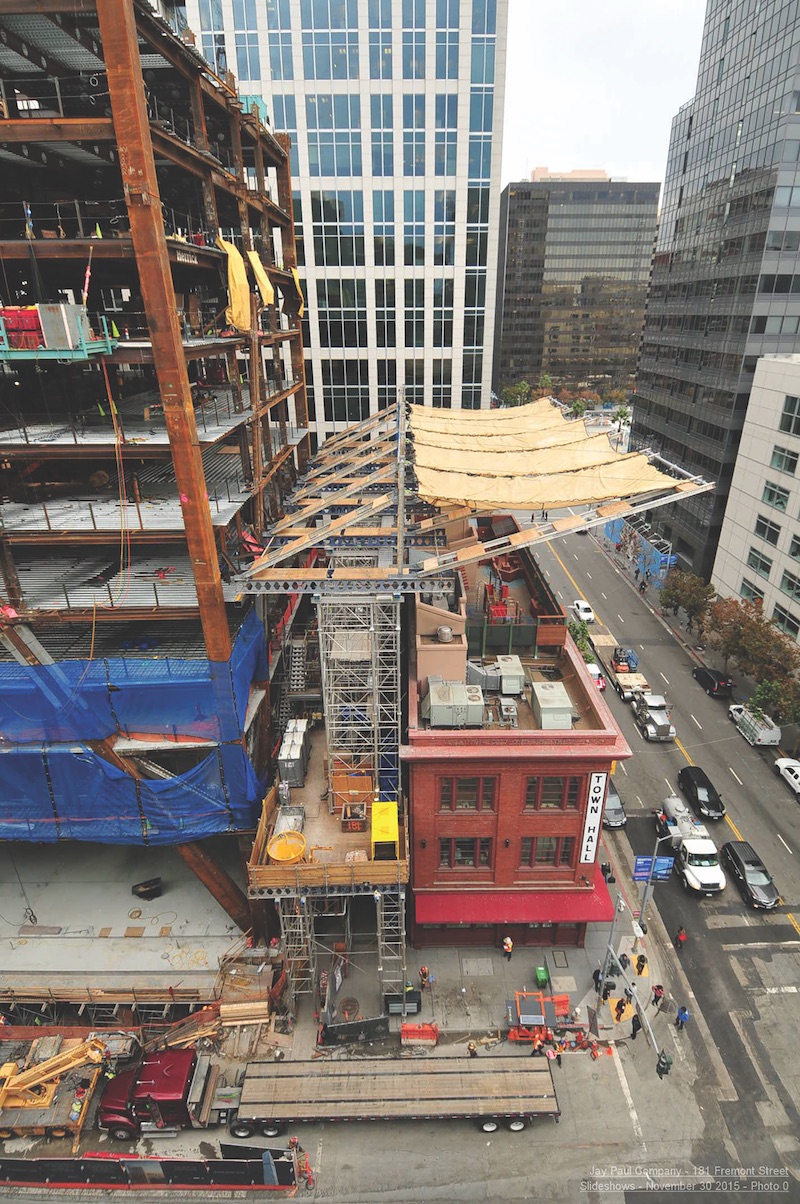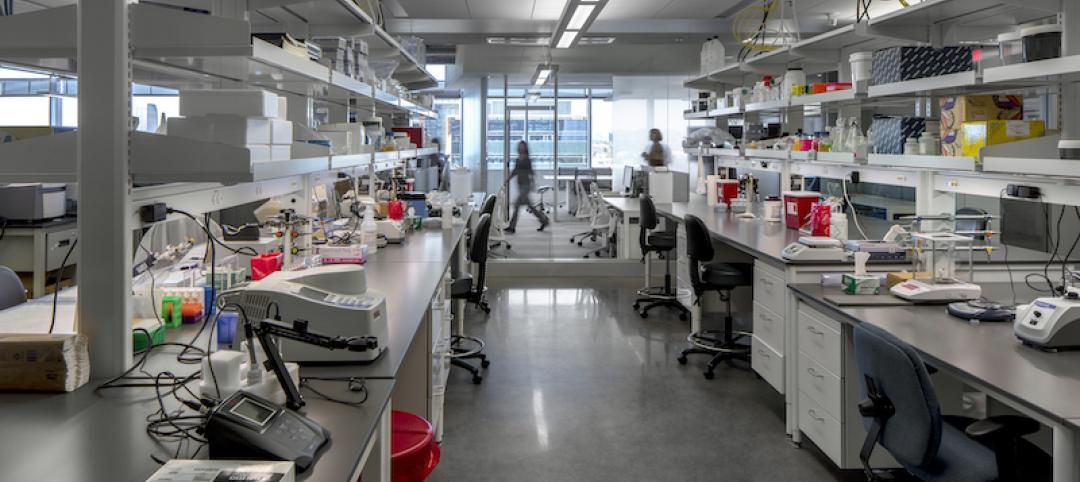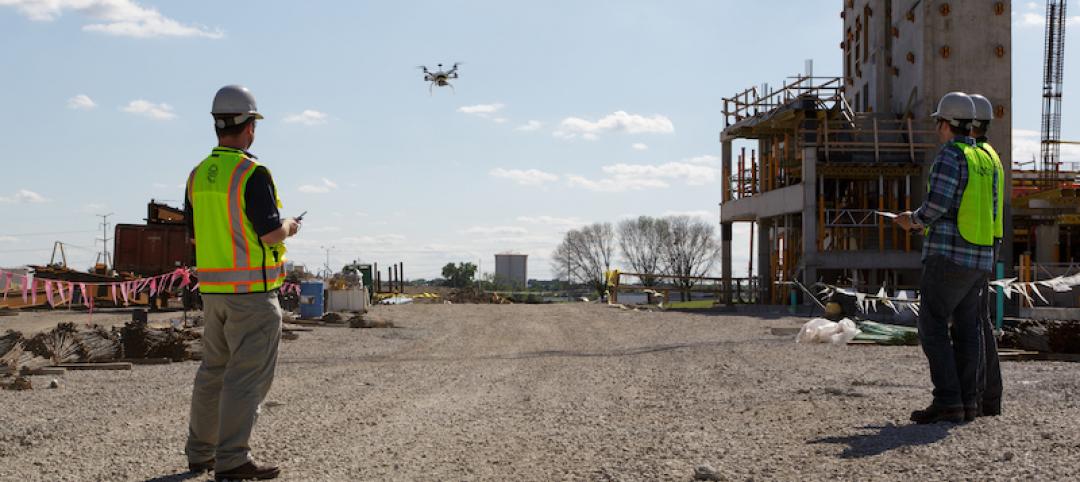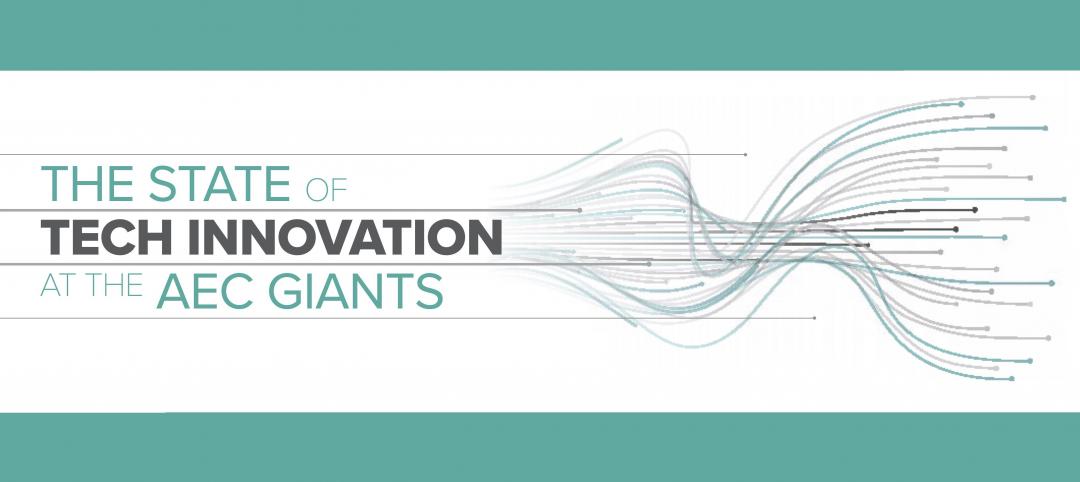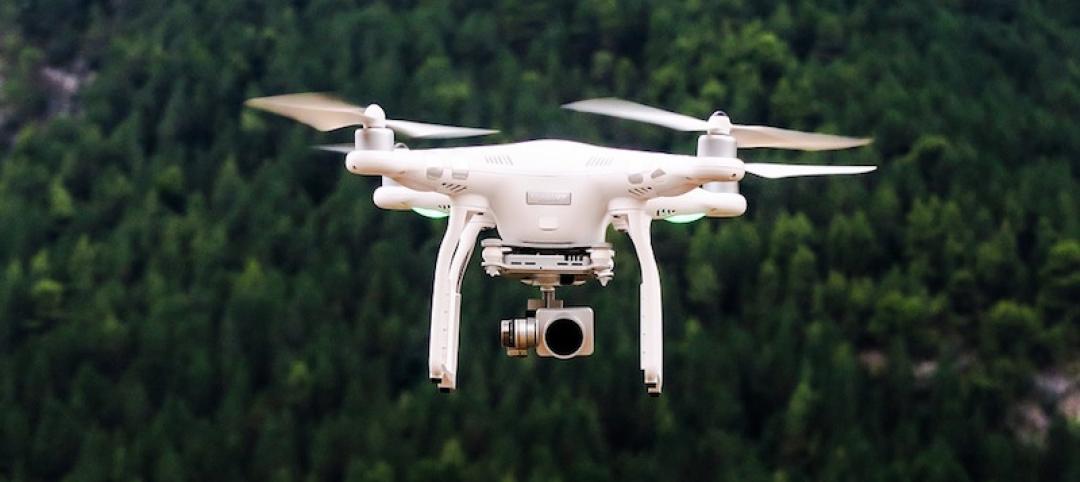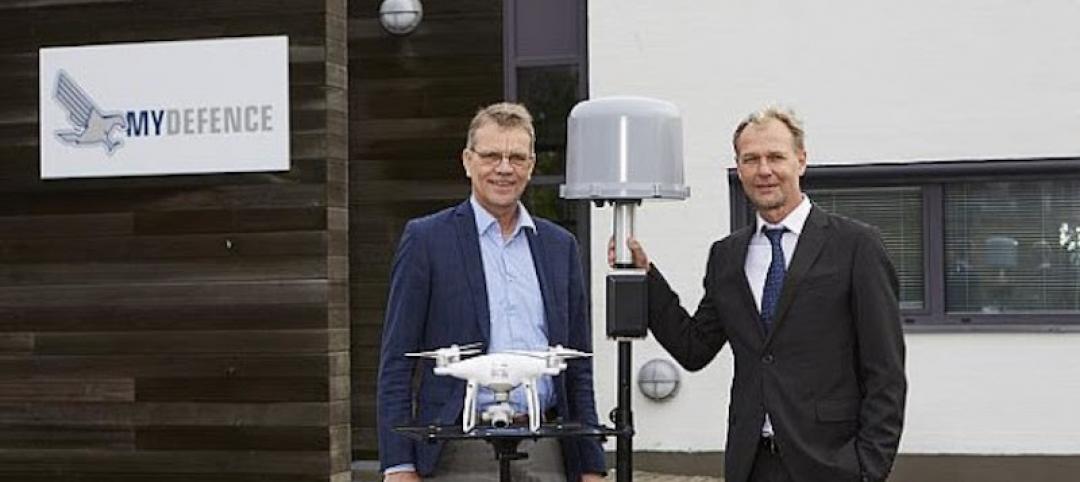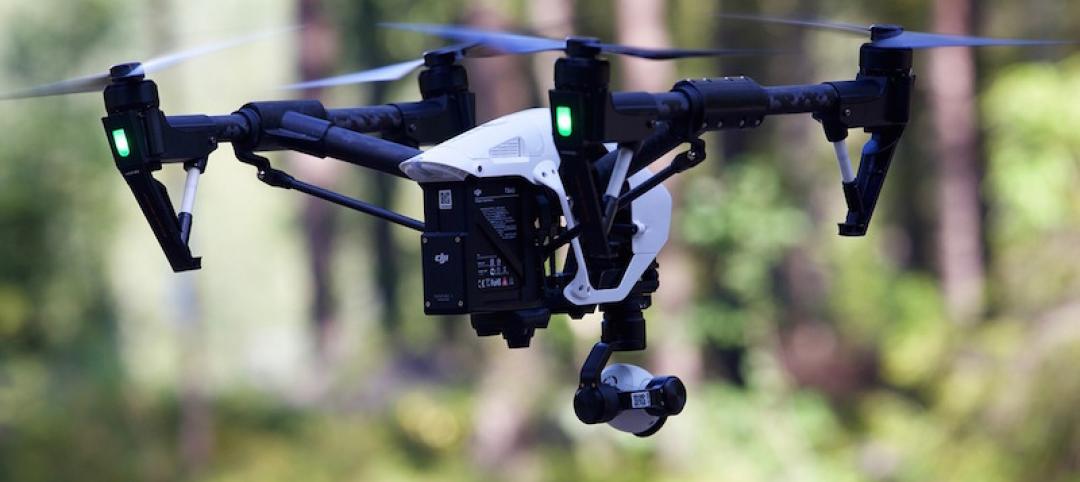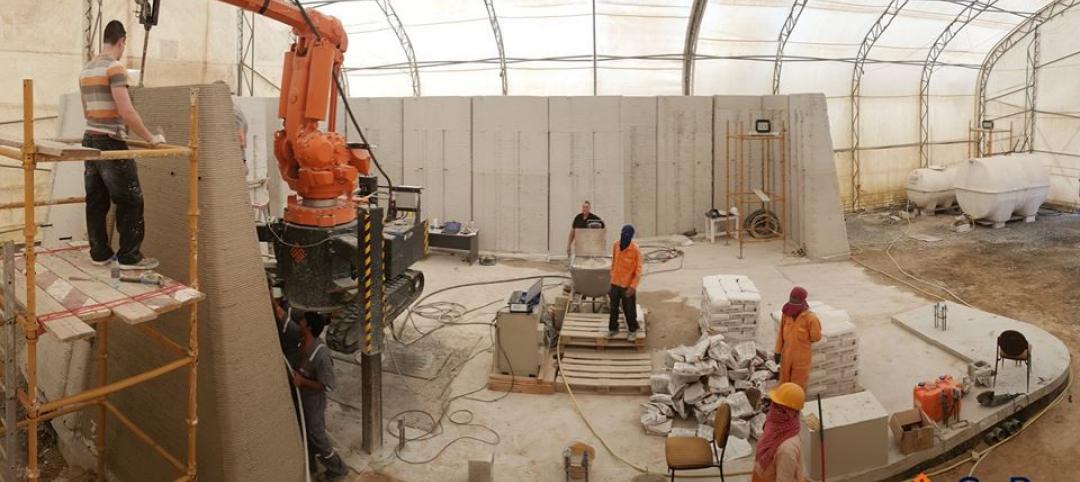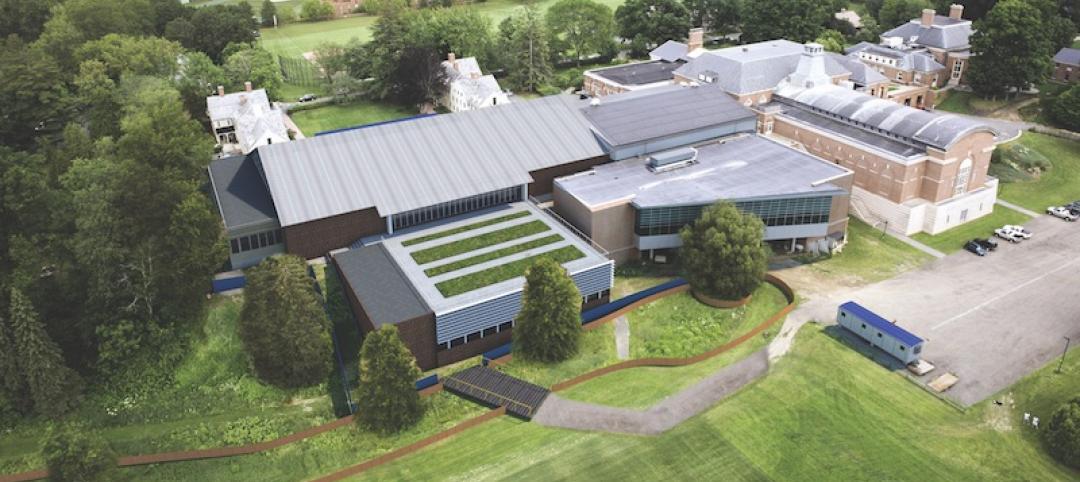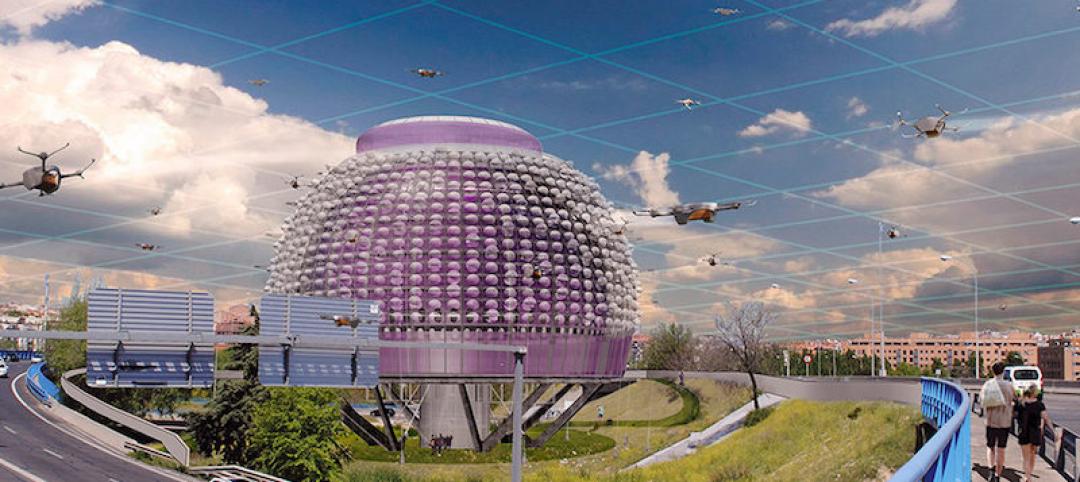In January, Skypan International, an aerial photography company, agreed to pay $200,000 to settle FAA allegations that it flew 65 illegal drone flights above New York and Chicago from 2012 to 2014.
Even though the FAA has broadened its parameters for operating drones, Garrett Hurley, whose firm, SD Aerial Media, San Diego, has shot footage on construction sites using drones, is convinced that 85-90% of drone operators aren’t FAA certified under the agency’s Part 107 rules or aren’t covered (as his firm is) by liability insurance.
At Autodesk University in Las Vegas last November, two virtual design coordinators from Brasfield & Gorrie, Hunter Cole and Jesse Creech, shared useful best practices for operating drones:
- Ensure the aircraft is registered with FAA, and the operator is certified. Under the FAA’s new rules, an operator no longer needs a pilot’s license, but must pass a background check and a 60-question test to be certified as a remote drone operator.
- Schedule flights at times when the fewest nonessential personnel will be present. FAA rules restrict flying over areas with people who aren’t involved in the construction or drone operation.
- Verify that the airspace isn’t restricted. Flights can’t be closer than five nautical miles to an airport or two nautical miles to a heliport. Verify weather conditions, which ideally should be clear with winds <10 mph.
- Secure permission for the flight from the project team and property owner, preferably a week in advance.
- Plan flight missions with all relevant data.
- Before flights, perform a hardware inspection of the drone to identify potential safety hazards like overhead wires or vertical structures.
- Record as much imagery as possible. Fly at the lowest possible altitude to get the best image quality. Amplify the photo overlap, which can help the software in registering the model. Supplement areas of interest with “angled” photos.
- Bring extra batteries. Most batteries can power drones for only about 20 minutes.
- Before leaving the job site, field-verify that you got what you came for, and that the UAS obtained a reasonable amount of photos.
- Put together an operations manual, says Trevor Wichmann, Senior Director with drone software provider Skyward.
Related Stories
Laboratories | Jul 24, 2020
Customized labs give universities a recruiting edge
CO Architects is among a handful of firms that caters to this trend.
Drones | Mar 11, 2020
AI takes flight
Drones keep getting smarter. How will they fit into construction workflow?
AEC Tech | Feb 13, 2020
Exclusive research: Download the final report for BD+C's Giants 300 Technology and Innovation Study
This survey of 130 of the nation's largest architecture, engineering, and construction firms tracks the state of AEC technology adoption and innovation initiatives at the AEC Giants.
AEC Tech | Jan 29, 2018
thyssenkrupp tests self-driving robot for ‘last mile’ delivery of elevator parts
“With driverless delivery robots, we could fill a gap and get spare parts from our warehouses to the jobsite faster,” said thyssenkrupp SVP Ivo Siebers.
Codes and Standards | Jan 26, 2018
Flying drones while inebriated now illegal in New Jersey
Violators could be sentenced to six months in jail.
Drones | Nov 3, 2017
MyDefence Communication's anti-drone system says 'No drone for you!'
The new anti-drone system looks to protect stadiums, prisons, and other sensitive buildings and sites from unwanted UAV flights.
Codes and Standards | Sep 26, 2017
Anti-drone technology can ward off unauthorized drone flights
The technology can be used to prevent terrorist attacks and spying.
3D Printing | Jun 14, 2017
This is the world’s first building completely 3D printed onsite
The building is a lab for research on drones and 3D printing technology.
Drones | Mar 8, 2017
Flight plan: Drones fill the skies over construction sites
More AEC firms are boarding, as new FAA rules ease restrictions on operating unmanned aerial vehicles armed with sensors and cameras.
Drones | Dec 7, 2016
Could this idea for an Urban Droneport facilitate the future of drone-based deliveries?
The project was designed by Saúl Ajuria Fernández as part of his master’s degree in architecture.


